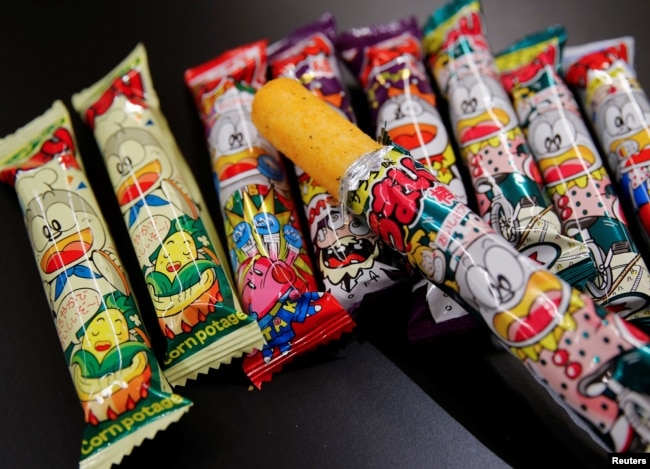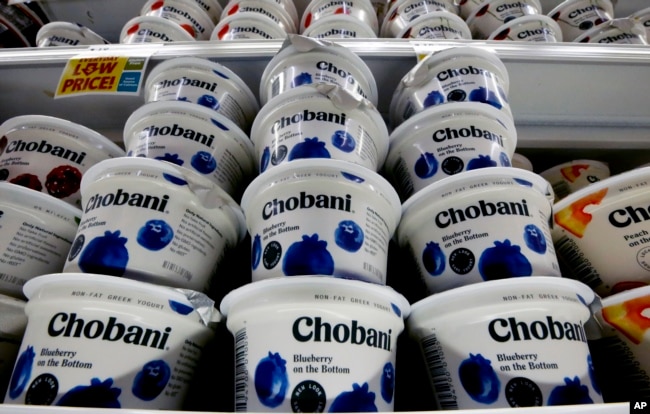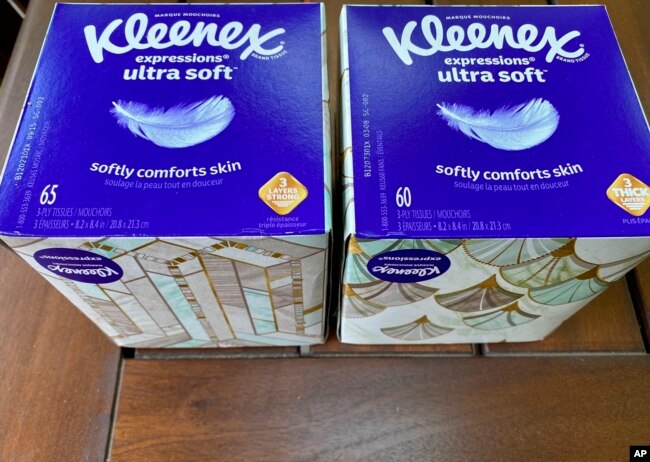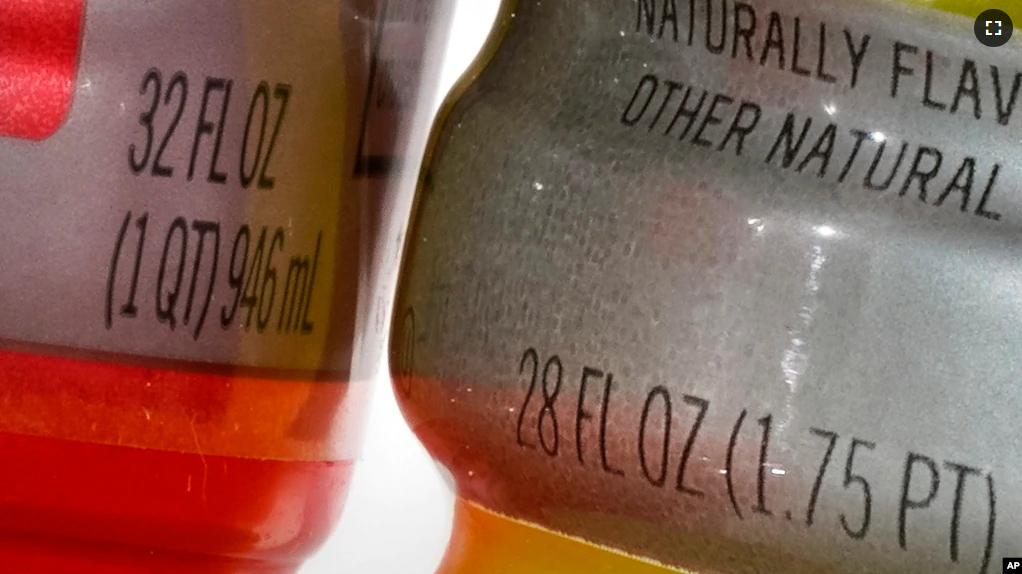In the United States, India, Britain and Japan, people are starting to see smaller containers and higher prices for food.
The cost increases are affecting snack food, cheese, drinks, soaps and more.
Economic experts say the changes in package sizes are a result of inflation. They call it “shrinkflation.”
In the U.S., a popular kind of facial paper once had 65 sheets in each box, now it has 60. A container of yogurt that once had 150 grams now has about 125 grams. In Britain, a kind of coffee once had 100 grams in each package. It now has 90 grams. In India, a kind of soap is smaller by 20 grams.
In some cases, people who buy these products are getting less for the same price. Some are seeing higher prices for smaller packages. Experts say the move by food companies is not new, but it is common in times of inflation.
Around the world, people paid on average seven percent more for goods in May than they did the year before. A company that researches prices, S&P Global, said people should expect the inflation rate to stay the same at least until September.
Edgar Dworsky is a former lawyer for the American state of Massachusetts. He runs a website called Consumer World. He noted that price increases and smaller packaging “comes in waves.” He added, “We happen to be in a tidal wave at the moment.”
Dworsky said he started seeing smaller food containers last autumn. He notes coffee containers have less coffee and bathroom paper has fewer sheets.

Many companies that make these goods create smaller packages but also change the words on them to make them seem new or better, Dworsky said.
One kind of corn snack made by PepsiCo is called Fritos. They recently had a “party size” bag that contained about 510 grams. New packages are still called “party size,” but now they only have 439 grams. PepsiCo did not answer questions about the new size when asked by the Associated Press. But the company did say the bottles for a drink called Gatorade were made smaller so people could hold them more easily, not because of inflation.
Large consumer goods companies Kimberly-Clark and Proctor & Gamble also did not answer questions.
But in Japan, the company that makes snacks called Calbee said the cost of materials was responsible for a price increase of 10 percent and a size decrease of 10 percent. Calbee makes soy and vegetable snacks.
In India, Dabur India has been open about its changes. Byas Anand is head of communications for the company. He called the price increases and size decreases “down-switching.”

People around the world have been noticing “shrinkflation.” They have taken photos and shown examples of it on social media.
Many people say they are changing the way they buy food. Alex Aspacher in the American state of Ohio is saving money by buying larger amounts of cheese and cutting it himself instead of buying cut cheese.
He said he has been surprised by how quickly the changes have happened.
“I was prepared for it to a degree,” he said, but “there hasn’t been a limit to it so far.”
Experts say prices may go down, but it is not likely packages will get larger.
“Upsizing is kind of rare,” Dworsky said.
In some cases, experts say, costs for food manufacturers are going up and they need to pass that on to buyers. But some companies might just be seeking higher profits.
Hitendra Chaturvedi is a business professor at Arizona State University.
He said he knows some companies are having trouble finding workers and paying higher costs. But he noted that PepsiCo’s profits rose 128 percent in the first three months of 2022.

“I’m not saying they’re profiteering, but it smells like it,” he said.
Profiteering means selling things at very high prices at a time when they are hard to find.
Chaturvedi questioned: “Are we using supply constraints as a weapon to make more money?”
I’m Dan Friedell.
Dan Friedell adapted this story for VOA Learning English based on reporting by The Associated Press.
Write to us in the Comments Section and visit WWW.VOA-STORY.COM
________________________________________________________________________
Words in This Story
package– n. a box, bag or other container for food or other products
snack – adj. a small amount of food eaten between meals
sheet – n. a piece of paper or cloth
tidal wave– n. a very large amount of something
consumer –n. a person who pays for goods or services
to a degree– phrase to a certain level
constraint– n. something that restricts or limits
